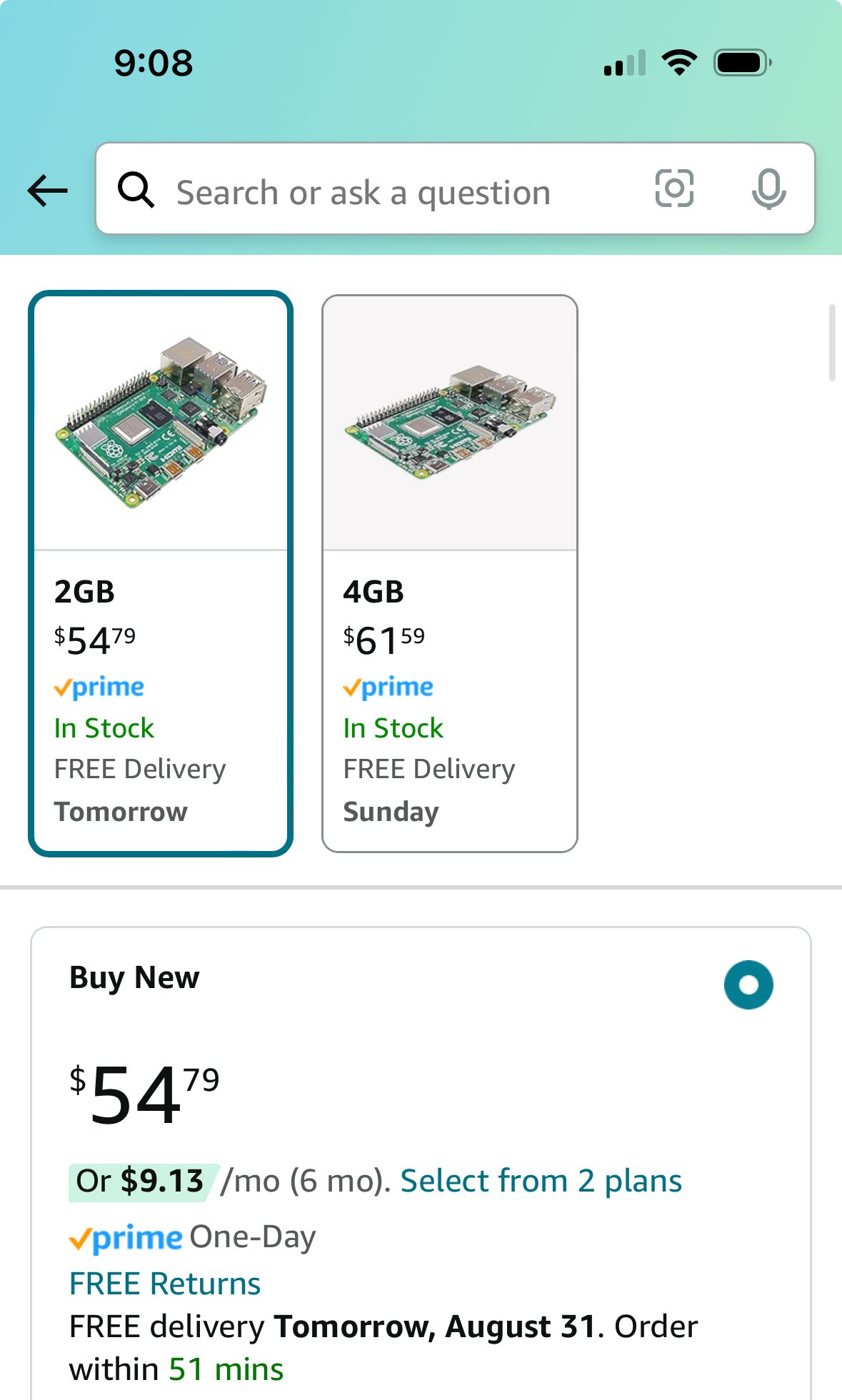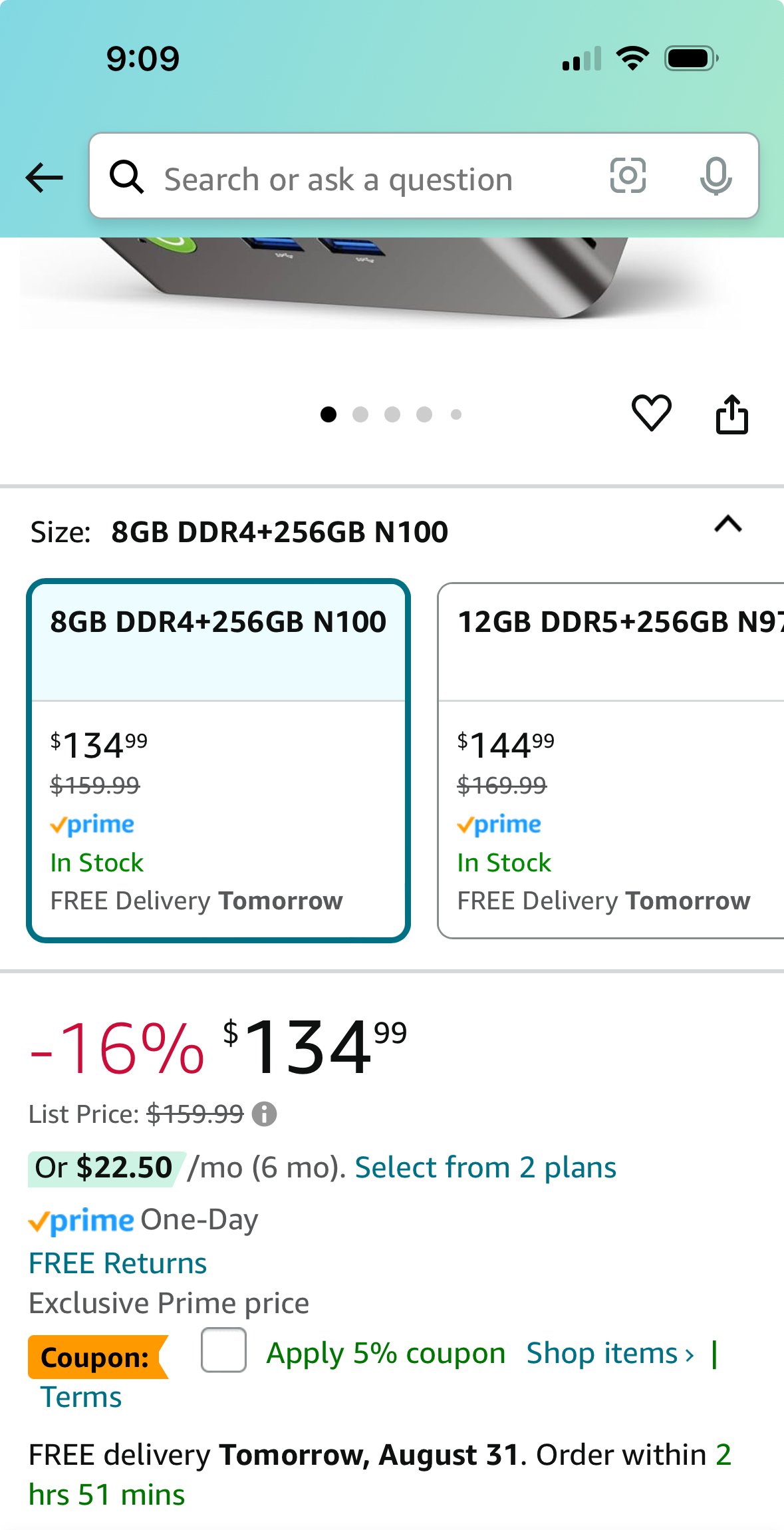

You can buy a super cheap cloud VM and use a (self hosted) VPN so it can access your own PC and a reverse proxy to forward all incoming requests to your own PC behind your school’s network.
It’s arguable whether this would violate their policy, since you are technically hosting something, but not accessible on the internet from their IP. So if you wanna be safe, don’t do this, otherwise, that could help you get started.



The cheapest one I know of is about $8 a month, so it should be affordable, even on a tight budget.